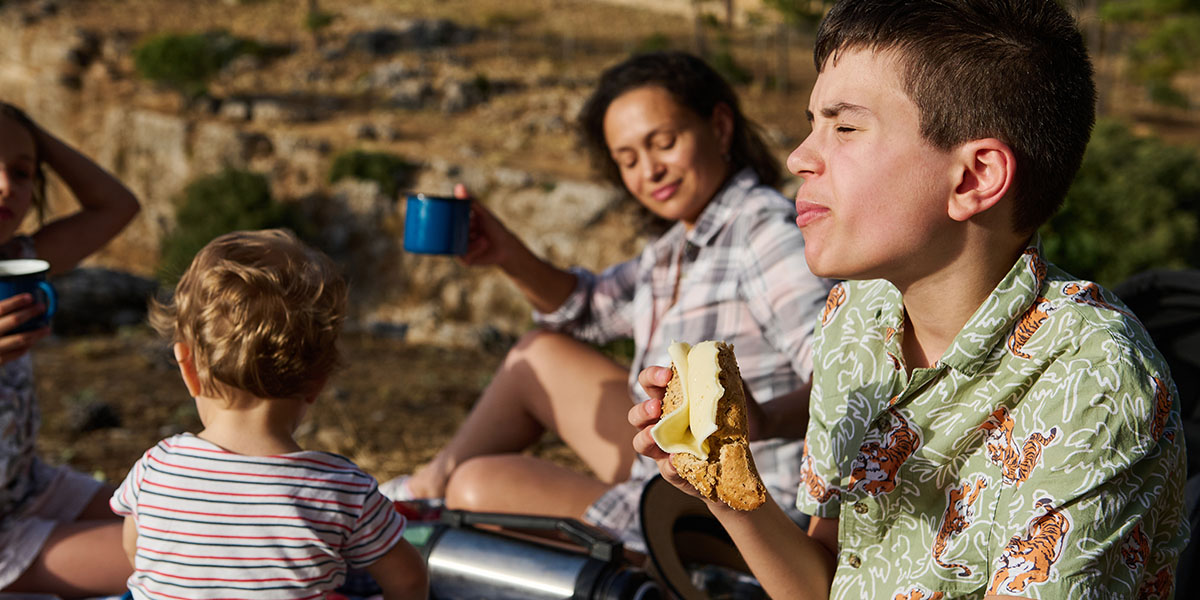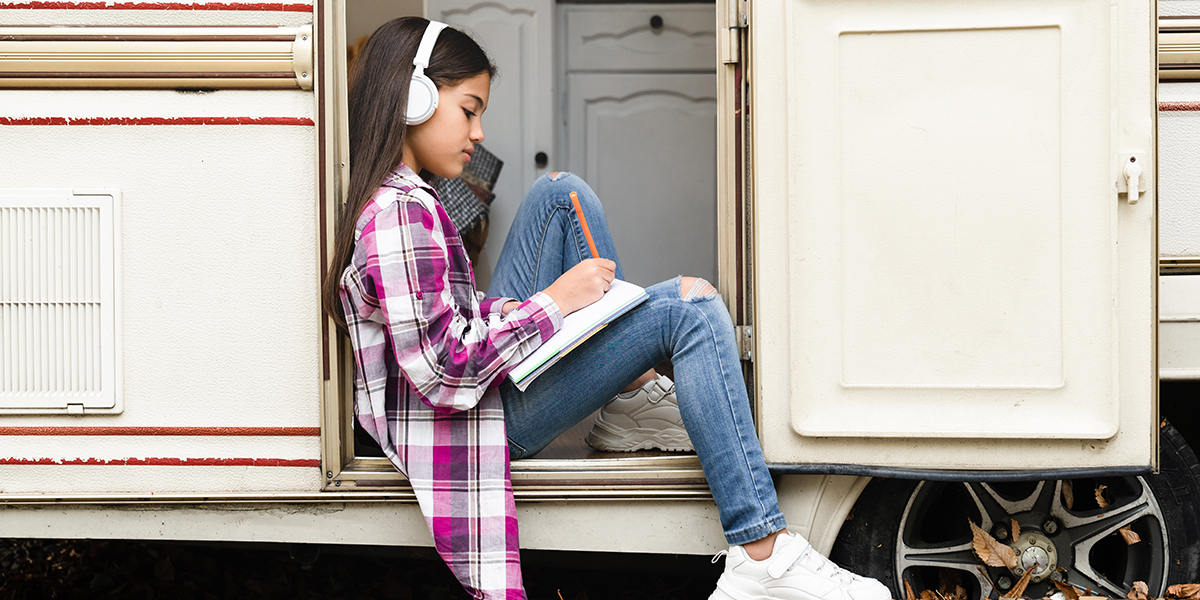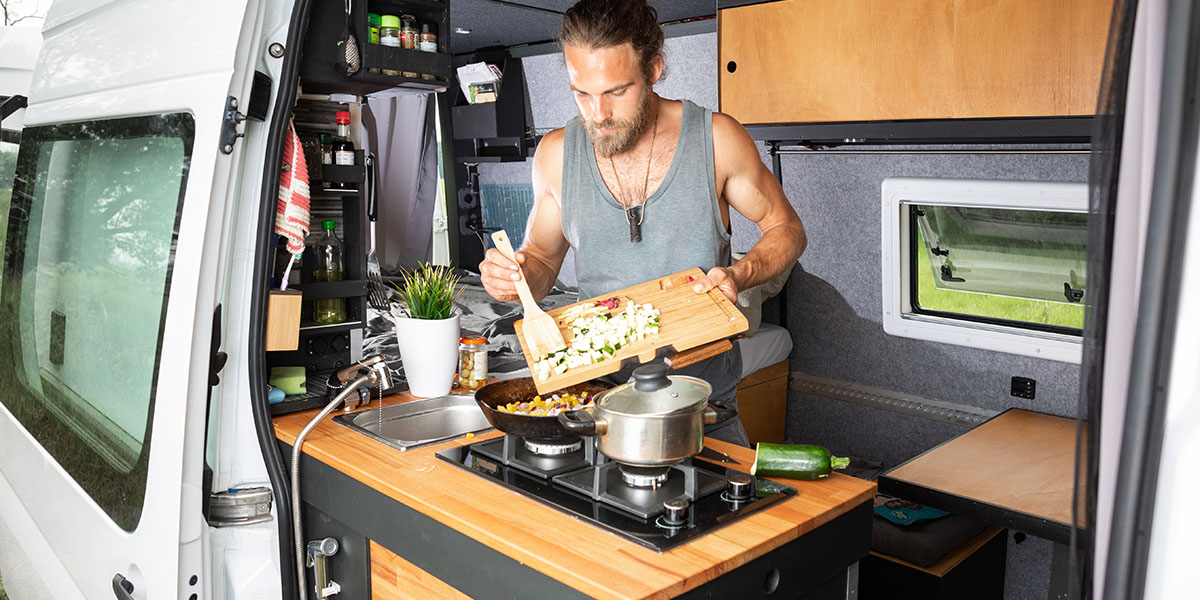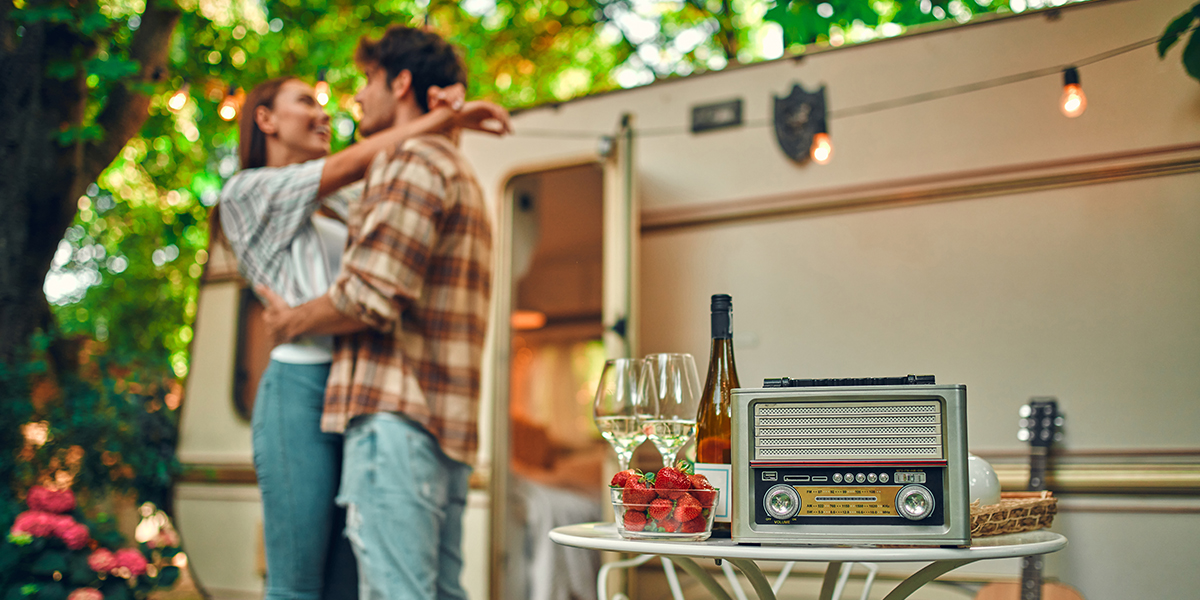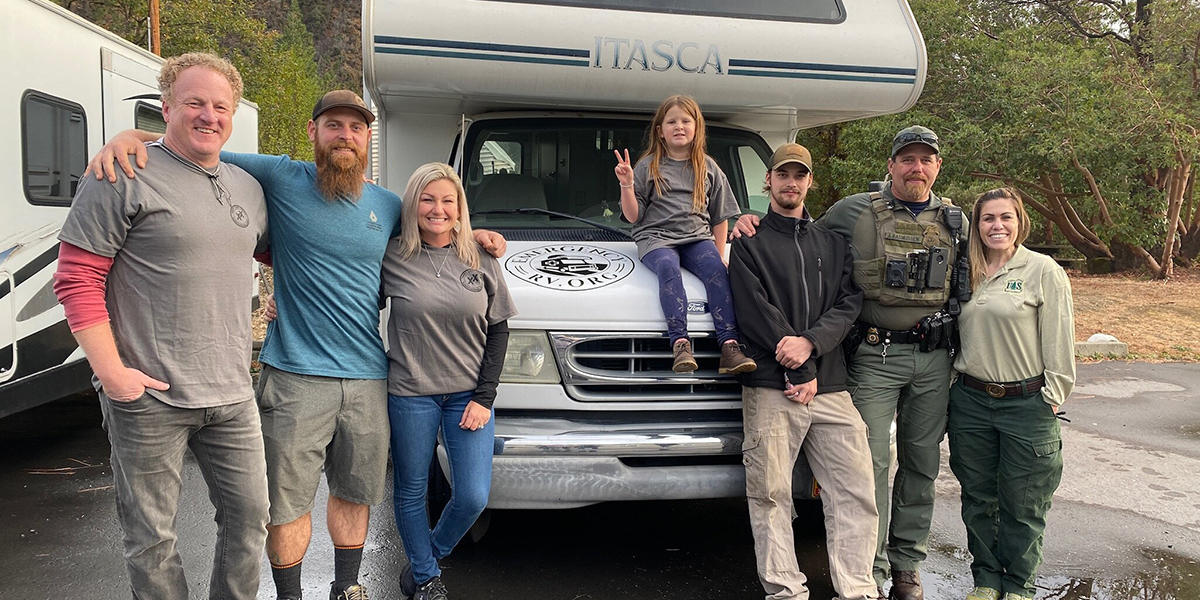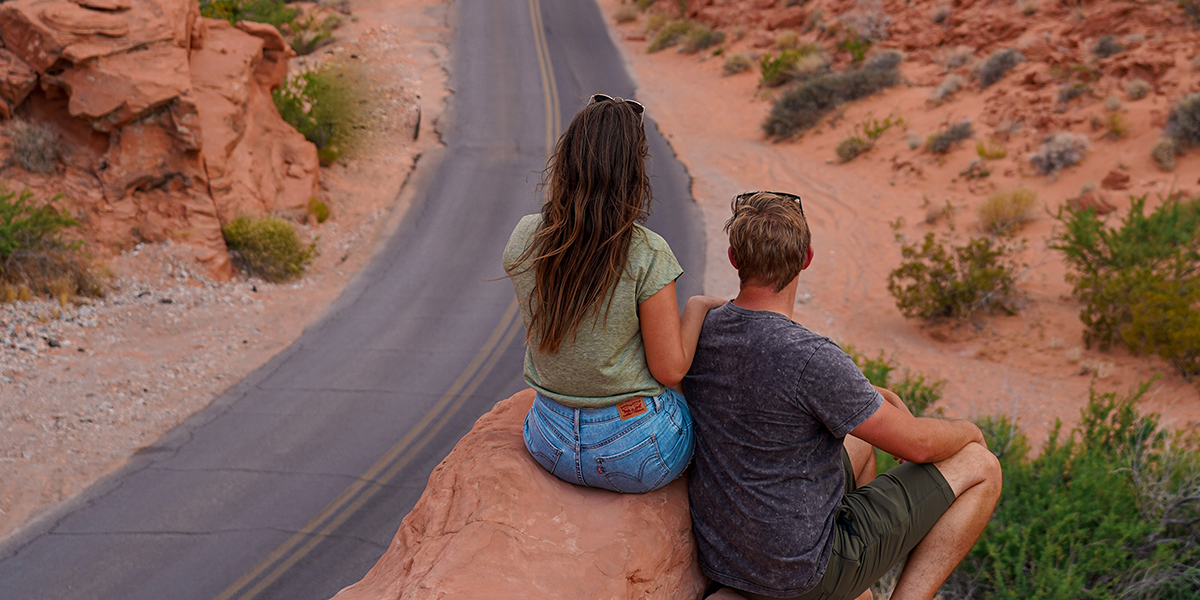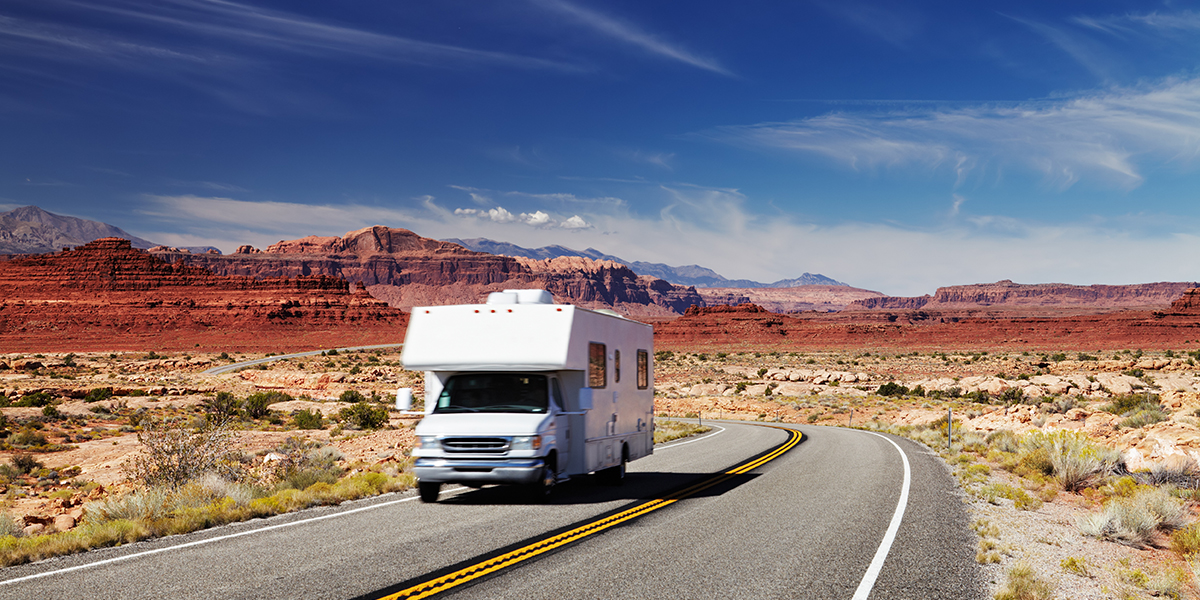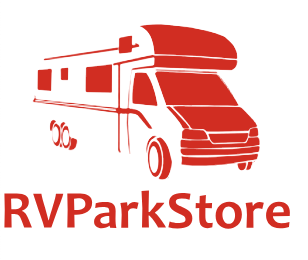Ah, college life. If you’re ever going to do something crazy, your college years are the right ones – before you’re burdened with grownup expectations, careers to maintain, or children. But unlike the old days, when you could get a roach-friendly apartment off campus for a week’s wages at the bookstore, today’s cost of living has absolutely skyrocketed. That makes today the absolute perfect time to find an alternative living situation. And there’s no better alternative living situation than an RV.
Let’s start our Ultimate Guide with the 6 best reasons to live off-campus:
- You’ll save tons of money.
The cost of rent has gotten absolutely outrageous. So if you’re looking at any decent-sized college town, the nearest reasonably priced apartment without built-in pests or huge crime rates is going to be miles out of town. Forget about finding anything within walking distance. Instead, for a fraction of the price of rent, you could buy an RV, plus pay the monthly fee at a park with full hookups. With no roommates. What’s even better: Not only can you save money, but… - You’ll build equity.
Unlike typical off-campus housing, where you’re padding your neighborhood slum lord’s pockets, living in your own RV means that when your time in college is over, you’ll have secured a huge amount of equity in your RV. That means you can either sell the unit for a profit, or keep making the payments as you start your post-college career. Either way, you won’t be throwing money down the tubes. - Two words: Road. Trips.
College life is amazing, but so is getting out of town for a while. Whether you’re looking for a place to hole up in peace and quiet and write your dissertation, or you want a fun weekend with your social group (or a special someone), RV road trips are the perfect short-term adventure. Long weekends and holiday breaks will never be the same. - Minimalism is good for mental health.
A recent Forbes article says, “Women who described their homes as less cluttered and more organized experienced a decrease in depressed mood over the course of the day. In other words, a home environment free from clutter and disorder may contribute to a more positive emotional state.” An RV doesn’t just help you live without roommates and their clutter – it helps you live a life unencumbered by useless trappings. And that’s a net positive for anyone. - There are fewer distractions.
Let’s just be honest, dorm life isn’t conducive to focus. The RV life is quieter, and less likely to be interrupted by intrusions from a building full of college kids. That’ll pay dividends in your schoolwork and studies. - Avoid roommate drama.
Like dorms, roommates also don’t typically scream productivity. They’re more built for late-night gaming sessions, late-night bar crawls, and late-night movie marathons. None of which are great for early-morning classes. Living in an RV means you can get the best of both worlds by visiting your friends’ dorms for that quintessential college experience, all while maintaining your own RV for quiet productivity.
OK, so we’ve established there’s nothing like an RV to give you your best college life. But full-time RV living might feel intimidating, especially if you’re unfamiliar with the lifestyle. Here are some tips to making sure you’re successful in this great collegiate endeavor:
Picking the Right Parking Spot
All RV parks are NOT created equal. When you’re full-timing, little amenities can make a big difference and often don’t change your park fee terribly much. Full hookups should be an absolutely mandatory feature, and a nice shower room if you’re living in a small RV. But you might as well pick one with a pool, while you’re at it. Lastly, some parks have price breaks for long-term parkers, so be sure to ask when you’re researching prices.
Outfitting Your RV for College Living
The first rule of long-term RV living is to get your storage straight. Small investments in storage optimizers, like behind-the-door shoe racks, or organizers for under-the-mattress storage, will pay huge dividends. Then, ensure you have a great Wi-Fi solution, as you’ll need a reliable internet connection for your studies. Wi-Fi at parks can be notoriously unreliable, so consider a mobile hotspot from your cell phone provider if your signal is a little sketchy.
Prepare for the Four Seasons
If your RV isn’t properly insulated, swings in heat and cold will cost you, both in terms of comfort and in how long your AC unit is going to last. Consider thermal curtains or space heater options to make sure your heating and cooling isn’t getting over-taxed.
Stay Connected
Living alone can be challenging, as even the most introverted RVers benefit from social connection. Be aware of this, keeping an eye on your social and mental health as you navigate the school year.
Take these to heart and the RV park can be a tremendous option for saving some big bucks while still having a unique college experience.


